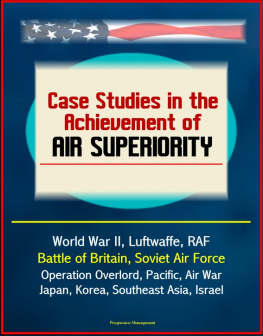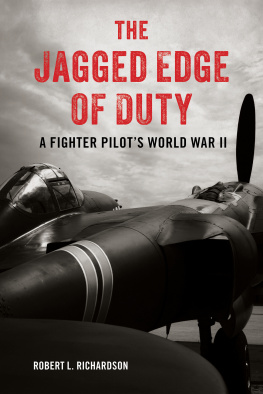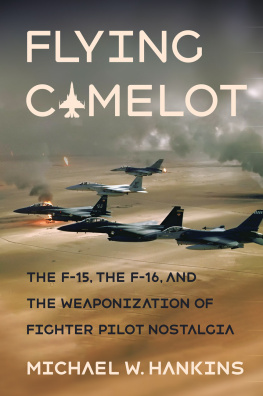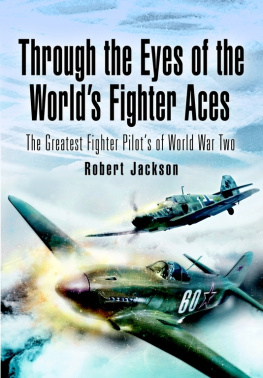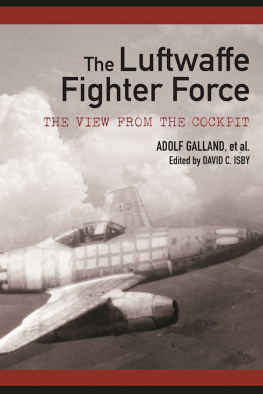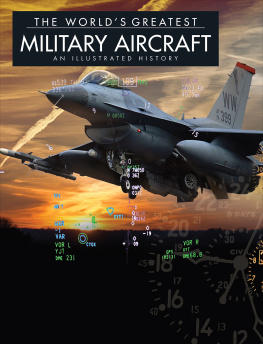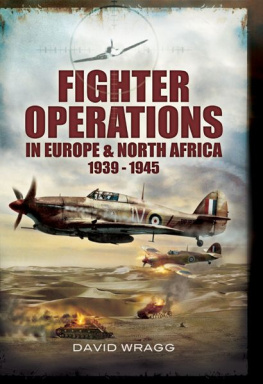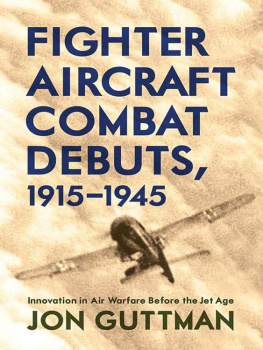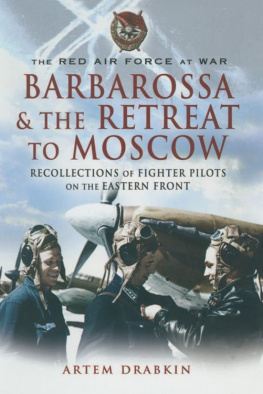Case Studies in the Achievement of AirSuperiority - World War II, Luftwaffe, RAF, Battle of Britain,Soviet Air Force, Operation Overlord, Pacific, Air War Japan,Korea, Southeast Asia, Israel
* * * * * * * * * * * *
Progressive Management
* * * * * * * * * * * *
Smashwords Edition
Copyright 2015 Progressive Management
Questions? Suggestions? Comments? Concerns?Please contact the publisher directly at
Remember, the book retailer can't answer yourquestions, but we can!
* * * * * * * * * * *
Smashwords Edition, License Notes
This ebook is licensed for your personalenjoyment only. This ebook may not be re-sold or given away toother people. If you would like to share this book with anotherperson, please purchase an additional copy for each person youshare it with. If you're reading this book and did not purchase it,or it was not purchased for your use only, then you should returnto Smashwords.com and purchase your own copy. Thank you forrespecting the hard work of this author.
* * * * * * * * * * *
This is a privately authored news service andeducational publication of Progressive Management. Our publicationssynthesize official government information with original material -they are not produced by the federal government. They are designedto provide a convenient user-friendly reference work to uniformlypresent authoritative knowledge that can be rapidly read, reviewedor searched. Vast archives of important data that might otherwiseremain inaccessible are available for instant review no matterwhere you are. This e-book format makes a great reference work andeducational tool. There is no other reference book that is asconvenient, comprehensive, thoroughly researched, and portable -everything you need to know, from renowned experts you trust. Forover a quarter of a century, our news, educational, technical,scientific, and medical publications have made unique and valuablereferences accessible to all people. Our e-books put knowledge atyour fingertips, and an expert in your pocket!

* * * * * * * * * * * *
CONTENTS
* * * * ** * * * * * *
* * * * * * * * * * * *
* * * * * * * * * * * *
Benjamin Franklin Cooling
Editor
Air Force History and Museums Program
1994
Foreword
Writing in 1978, General William W. Momyer,former Commander of the Tactical Air Command and a distinguishedveteran fighter pilot, stated that:
The contest for air superiority is the mostimportant contest of all. for no other operations can be sustainedif this battle is lost. To win it, we must have the best equipment,the best tactics, the freedom to use them, and the best pilots.Certainly, the wide-ranging case studies examined in this bookconfirm this message, as do more contemporary experiences from theFalklands War, the Bekaa Valley, and, most recently, the Gulf Warof 1991.
The historical roots of air superiority dateto the First World War, which marked the emergence of the fighterairplane, offensive and defensive fighter doctrine, and the trainedfighter pilot. By the end of the war, the Imperial German AirService had been decisively outfought, and though occasional bitterair combat still occurred, the Allied air arms were free to harassand attack German ground forces wherever and whenever they chose.After the war, there were defense commentators who injudiciouslypredictednot for the last timethat the era of dogfighting wasover; higher aircraft speeds would make maneuvering air combat athing of the past. Instead, the lesson of the importance of airsuperiority was rediscovered in the skies over Spain, and confirmedagain throughout the Second World War. Having tenaciously wrestedair superiority from the Luftwaffe, the Allies in 1941 went on toachieve genuine air supremacy, a situation acknowledged by GeneralDwight Eisenhower, who, riding through Normandy after D-Day,remarked to his son: "If I didn't have air supremacy, I wouldn't behere."
Sadly, many of these lessons were lost in thepost-Second World War era, when technology advancessupersonicdesign theory, nuclear weapons, and "robot" aircraftseemed tosignal an end to the traditional air-to-air fightereven though theexperience of the Korean War demonstrated that transonic jet combatwas not merely possible, but the new normative form of air warfare.Indeed, the fighter airplane underwent a dramatic transformationinto a nuclear-armed strike aircraft, now that popular wisdom heldthat surface-to-air and air-to-air missiles foreshadowed the end ofthe era of "classic" air combat. That prediction collapsed in theface of the Vietnam war and the experiences of the Middle East. The1970s witnessed both a revolution in fighter aircraft design(spawned by the technology advances of the 1960s and 1970s) and areturn to basics in both design fundamentals and the training offighter pilots. Operations in the Falklands war, over the BekaaValley, and most recently, during Desert Storm confirmed not onlythe benefits of this revolution and rediscovery, but also theenduring importance of air superiority.
During Desert Storm (which occurred whilethis book was in press) the airmen of the United States Air Forceestablished air superiority over Iraq and occupied Kuwait from theoutset of the war, defeating the Iraqi air force both in the airand on the ground. By so doing, they created the conditionsessential for decisive air war. Strike and support aircraft andhelicopters could go about their duties without fear of molestationfrom enemy aircraft. Iraq's forces, pinned in place, were deniedany respite from punishing air attack. Because of coalition airsupremacy, coalition land operations could be undertaken with anassurance, speed, and rapidity of pace never before seen inwarfare. Bluntly stated, the Gulf war demonstrated that with airsuperiority, General Norman Schwarzkopf could undertake his famed"Hail Mary" play. Lacking air superiority, Iraq paid dearly. ItsIII Corps became vulnerable to air attackstuck in a traffic jamout of Kuwait City on the "Highway of Death."
Air superiority, like democracy itself, mustbe constantly secured and renewed. In recognition of this, theUnited States Air Force is developing the F-22 Advanced TacticalFighter to ensure that America retains its technological edge wellinto the 21st century. The case studies in this volume,encompassing several major air-to-air battles, eloquentlydemonstrate why the quest for air superiority remains criticallyimportant for today's Air Force.
RICHARD P. HALLION
Air Force Historian
United States Air Force Historical AdvisoryCommittee
* * * * * * * * * * * *
Professor Roger E. Bilstein
University of Houston Clear Lake
Dr. Christopher J. Bowie
The RAND Corporation
Lt. Gen. Charles G. Boyd
Commander, Air University
Professor Wayne S. Cole
University of Maryland College Park
Lt. Gen. Bradley C. Hosmer
Superintendent, USAF Academy
Col. Donald S. Lopez
USAF, Retired
National Air and Space Museum
Mr. Felix C. Lowe
Smithsonian Institution Press
Dr. Peter Paret
Institute for Advanced Study
Ms. Ann Petersen
The General Counsel, USAF
Gen. Bryce Poe, II
USAF, Retired
Air Force Historical Foundation
* * * * * * * * * * * *
Acknowledgments
The essays in this anthology of airsuperiority campaigns were written by some of the nation's foremostmilitary and air historians. Individuals who participated in thereview of the entire manuscript included Gen. William W. Momyer,USAF (Ret.); Dr. Richard H. Kohn, Chief of the Office of Air ForceHistory; Dr. Alfred Goldberg, Office of the Secretary of Defense;Dr. Dennis Showalter of Colorado College; and Col. Fred Shiner,Herman S. Wolk, and Bernard Nalty from the Center for Air ForceHistory. Dr. Benjamin Franklin Cooling served as general editor ofthe volume.
Next page
